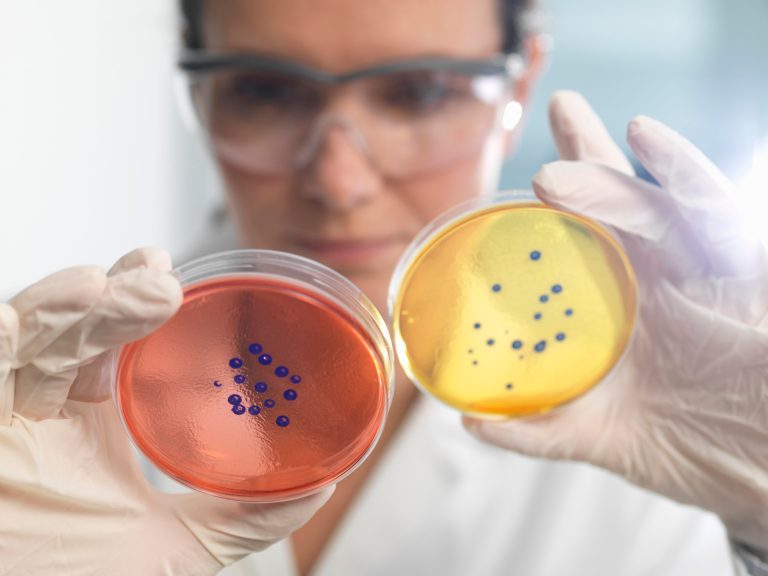Hawai’i is home to multiple lava caves, lava tubes, and geothermal vents. And a new study that researchers published in Frontiers in Microbiology reveals that these caves have higher bacteria diversity than expected. Researchers have discovered thousands of ancient unknown bacteria lurking within the caves.
Scientists found thousands of ancient unknown bacteria hiding in caves

Scientists say that these bacteria ecosystems represent how life might have existed during Earth’s early ages. They also say it could give us insight into how life on Mars looked before losing much of its atmosphere. The caves, home to lava tubes and geothermal vents on the island, house ancient unknown bacteria, unlike anything we’ve ever seen.
“This study points to the possibility that more ancient lineages of bacteria, like the phylum Chloroflexi, may have important ecological ‘jobs,’ or roles,” Dr. Rebecca D. Prescott, first author of the paper, said in a statement. The bacteria is so intriguing that some scientists have started calling it “microbial dark matter,” because of how unseen and un-studied it is.
The scientists collected 70 samples of the ancient unknown bacteria from the lava caves in Hawai’i. They also collected the samples from multiple sites around the area to ensure a proper variation of the bacteria was gathered for observation. They expected the bacteria from the harshest environments to be less diverse than in other areas.
That ultimately proved to be true. But the scientists say there was something else startling about their discovery.
Harsher environments led to more complex interactions

The harsher environments had a lower diversity of the ancient unknown bacteria that’s true. But, the scientists say the interactions between the bacteria were much more complex. This unexpected complexity, Dr. Prescott says, left the team with more questions than answers.
“This leads to the question, do extreme environments help create more interactive microbial communities, with microorganisms more dependent on each other,” she asked. “And if so, what is it about extreme environments that helps create this?”
The discovery of this ancient unknown bacteria is extremely notable. And the questions it has helped bring to the table will undoubtedly be on the minds of Dr. Prescott and other scientists for a while. On top of the unexpected complexity, the scientists had trouble determining the species of microbes. Or even what their job was in the community.
Dr. Prescott says that it has shown how important it is to study microbes living in co-culture environments instead of isolating them. Living together appears to have somehow altered the ancient unknown bacteria’s gene expression. Something scientists will need to observe more to understand fully.








